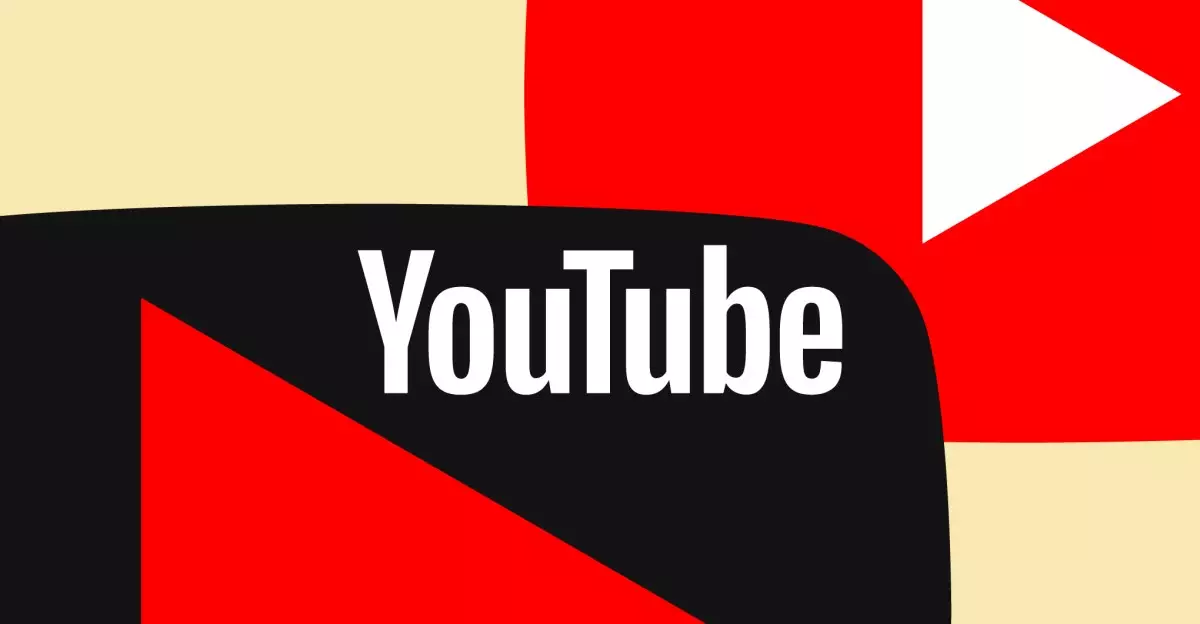In an industry where content availability is paramount for maintaining subscriber interest, YouTube’s recent communication about potentially losing Paramount Network’s offerings sent ripples of concern through its user base. Just a few days after the unsettling announcement, YouTube made a significant pivot by unveiling a deal to retain vital channels such as CBS, CBS Sports, and Nickelodeon, along with ancillary services like Paramount Plus, Showtime, and BET Plus. This rapid turnaround highlights the complexities and pressures within the competitive landscape of streaming services, where negotiations can fundamentally alter what content is accessible to viewers.
As YouTube navigates these tumultuous waters, its approach to communication has drawn scrutiny. Initially, the company’s blog post hinted at the possibility of losing Paramount-related content, which understandably led to an anxious reaction among subscribers. Faced with this turmoil, YouTube strategically updated its audience via social media, emphasizing the successful negotiation and the continuation of cherished channels. The importance of timely and transparent communication cannot be overstated, especially in cases where subscribers’ loyalty is on the line. YouTube’s swift response suggests an understanding of its audience’s need for clarity, yet it raises questions about why such uncertainties were introduced in the first place.
The ramifications of these negotiations extend beyond mere access to channels. Questions regarding pricing adjustments loom over the new deal. YouTube TV previously raised its subscription cost to $82.99 per month, a decision met with mixed reactions from users who are sensitive to price changes in an ever-expanding marketplace. YouTube’s assurance that they will carefully consider any future price hikes indicates a recognition of user sentiment and an intention to retain market competitiveness. This delicate balancing act of maintaining content while managing costs is crucial for the platform’s long-term viability.
This situation is emblematic of broader trends in the streaming industry, where companies are continuously vying for exclusive content to differentiate themselves from competitors. YouTube’s retention of Paramount content not only strengthens its position in the market but also reflects the evolving nature of audience expectations. Viewers are no longer content with just a vast library of options; they demand stability and reliability in content offerings. As streaming services evolve, the landscape will likely continue to shift, requiring platforms like YouTube to adopt proactive strategies to both secure and communicate their content deals efficiently.
YouTube’s recent maneuver indicates a commitment to securing the content that users have come to expect and rely upon. While the initial moments of uncertainty may have caused alarm among subscribers, the quick resolution serves as a reminder of the importance of adaptability in the digital age. As YouTube and content providers like Paramount continue to navigate their agreements, subscribers will be watching closely, seeking both value and variety in their viewing experience. This episode serves as a potent example of how quickly fortunes can change in the streaming space and underscores the necessity for transparency and strategic foresight in maintaining audience trust.

